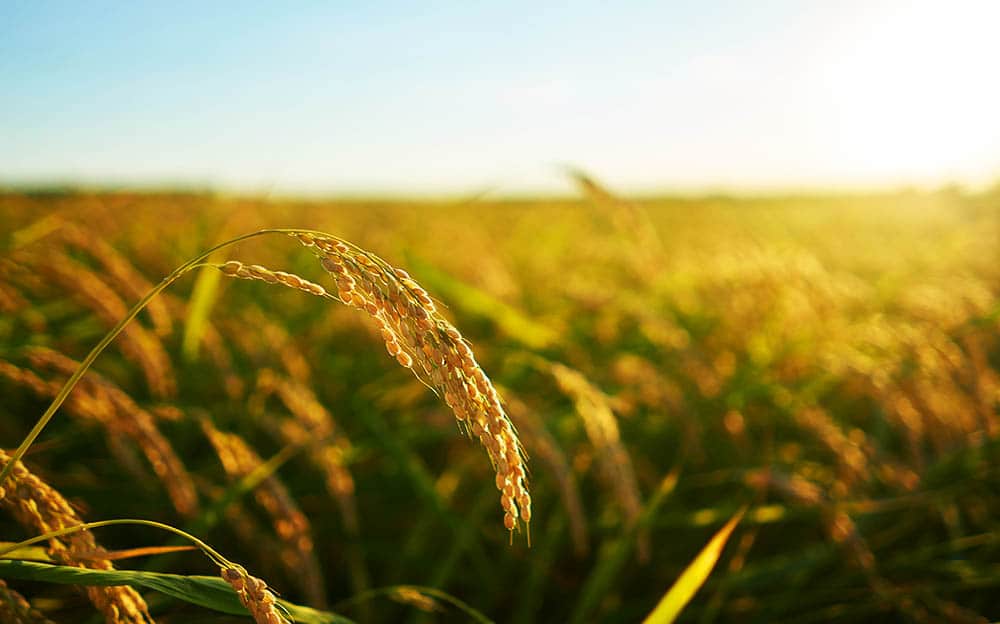Farming is an age-old profession that has undergone tremendous changes over the years. Modern tractors have revolutionized agriculture, making it more efficient and productive. Farmers can now tackle their tasks faster, safer, and with less labor than ever before. Modern tractors have many features that improve the field’s performance while also reducing the amount of time and effort needed to accomplish tasks.
A Brief History of Tractors
A tractor is a powerful machine that works on farming fields. It serves several critical functions in the farming process, such as plowing, tilling, moving heavy loads, planting, and harvesting. Tractors have been used for farming since the 19th century but have undergone significant changes over the years.
In the early days of agriculture, animals, such as horses and oxen, were used to pull plows and carts. However, the use of machines rapidly developed with the advent of the first gasoline-powered tractors at the beginning of the 20th century. These early tractors were incredibly basic and required a lot of labor to operate. They had basic wheels, no enclosed cabs, and used gasoline for fuel.
As technology advanced, so did agricultural machinery. Today, modern tractors include various features, such as GPS guidance, air conditioning, high-tech hydraulics, and ergonomic seats, making them more efficient and productive.
The Advantages of Modern Tractors
Modern tractors have many benefits that give farmers a significant advantage. Let’s take a look at them.
Efficiency:
Modern tractors can significantly improve the output of a farm. They can work at a faster rate than the old, conventional tractors used in the past, while also undertaking more complex and varied tasks. With a more powerful engine and advanced hydraulics, modern tractors can till, plant, and harvest fields at a quicker pace.
Safety:
Modern tractors are designed with safety in mind. They have roll-over protection systems, enclosed cabs, seat belts, and other safety features that protect the operator from injuries during accidents. These advanced safety features allow farmers to perform tasks that might have been too risky in the past, ultimately improving their yield.
Comfort:
The latest tractors come with many comfort features, such as air conditioning, ergonomic seats, and entertainment systems. Comfortable workplaces lead to improved productivity, as the operators can work for extended periods without getting tired. These tractors also help reduce the risk of developing musculoskeletal disorders associated with repetitive motions.
Environmental Friendliness:
Modern tractors are more eco-friendly than their ancestors. With advances in technology, manufacturers have been able to reduce engine emissions, causing less air pollution. Modern tractors also consume less fuel than older models, reducing greenhouse gas emissions.
Choosing the Right Tractor for Your Farm
Choosing the right tractor for your farm is essential. Several factors influence the decision, such as your farm size, what activities you will need the tractor for and the terrain. Here are a few tips that will help you make the right choice:
Select the right size:
The size of your tractor should be based on the size of your farm. It would be best to choose a tractor that can effectively cover the whole farm quickly and efficiently. A small tractor may be ideal for small farms, while a larger one may be more appropriate for bigger plots.
Consider horsepower:
Horsepower is a measure of the strength of the tractor engine. The horsepower you choose will depend on your needs and the size of the farming activities you intend to accomplish. A tractor with a high horsepower engine can handle more challenging activities and larger farms.
Hydraulics:
Different tractors come with different hydraulic systems. Some may require more powerful systems to lift heavy loads, while others may be better suited for planting and seed drills. It is crucial to select a hydraulic system that adequately addresses your needs.
Cab options:
Modern tractors come in different cab options, including the basic cab, a cab with enhanced features and an open-air cab. The enhanced cabs offer more significant comfort and safety, while the open-air cab may be too risky for activities that require significant speed.
Maintenance of Your Tractor
Maintaining your tractor is essential to keep it operating at peak efficiency. Here are some tips that will help you keep your tractor running efficiently:
Clean your tractor:
The tractor’s engine can attract dirt and grime while working on farm fields. Cleaning your tractor regularly will help minimize the chance of rusting or corrosion.
Regularly change the oil:
Regular oil changes are essential to keep the engine running at its best performance.
Replace worn-out parts:
Some parts, such as filters, belts, and blades, wear out and require regular replacement. Replacing these regularly will ensure your tractor operates efficiently and saves you repair costs down the line.
Schedule regular inspections:
Regular tractor inspections will help identify and remedy issues before they become major problems. These inspections should include checking fuel, hydraulic, coolant and oil levels, and tire pressure.
In Conclusion
Modern tractors are essential to enhance productivity, safety, and comfort in farming operations. They are eco-friendly and come in different sizes and features to suit your farming needs. When purchasing a tractor, it is essential to select one with the right size, horsepower, and hydraulic system. Maintaining your tractor is also vital to keep it running efficiently. By following these tips, you can enjoy the benefits of modern technology and take farming to the next level!
